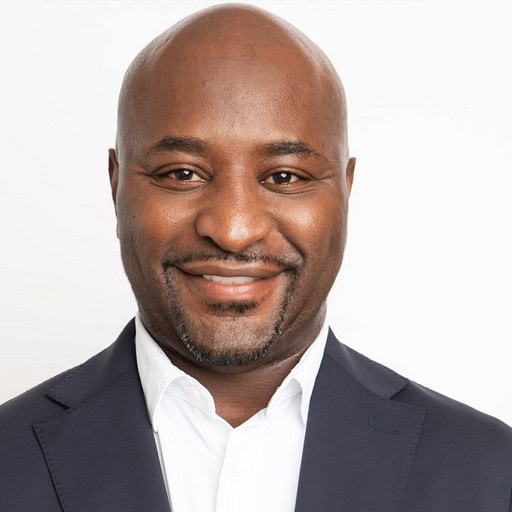
May 2, 2020
Chris Chesebro, SVP Digital Transformation, Coty
In one of the most competitive M&A battles, in the middle of a global lock-down of Coty’s professional business sector, KKR beat out Henkel with a $4.3 billion deal, announcing a strategic partnership in which three of their iconic brands, Wella, OPI and ghd will be spun out into a separate entity. Coty will retain a 40% stake in those hallmark businesses which have over 200 years of history combined. This spin-out comes at an opportune time for Coty as it deleverages its balance sheet just as the future, according to analysts, begins to look less rosy for the industry. The initial cash proceeds allow Coty to readily shift the way in which it conducts business and supports its professionals during this new post-pandemic environment.
Not surprisingly, KKR recognizes the value in their portfolio of brands, global scale, an innovation and growth track record and the ability to take Coty’s professional services business to the next level. But more compelling, KKR Partner Johannes Huththinks Wella represents a “strong portfolio of brands in the attractive professional hair market where we see significant opportunities to accelerate growth … working towards the establishment of a lasting and value-creating strategic partnership”
I think Johannes is correct, and the business will benefit from the full shoulder of KKR resources behind it, as it emerges from a global lock-down which hit the professional beauty sector hard. Kline is estimating US revenues are down by approximately $5 billion in Q1 and surprisingly predicting a $5 billion global market contraction by mid-decade.
Wella represents a “strong portfolio of brands in the attractive professional hair market where we see significant opportunities to accelerate growth” Johannes Huth
I took a look under the hood of Coty’s $2.0 billion Professional Beauty business with Chris Chesebro, SVP Digital Transformation, and it quickly became clear the value KKR will drive as they expand Coty into a more powerful Pro-product/service/channel platform. Listen in to learn how this $9 billion global company, with brands that are #1 in fragrances, #2 in salon hair and #3 in color cosmetics, has been pivoting and helping the salon industry survive, re-open and resume services around the world…and what other industries and countries can learn from the high-touch professional services sector.
“People are chomping at the bit to get into salons again,” says Chris, “Hair can make or break someone’s day!” No kidding. With a staggering ninety percent of the three million salons remaining closed globally, Coty has turned a detrimental time for the salon industry and the consumer into an opportunity for salon owners to innovate and maintain connectivity between the stylist and the consumer.
Shifting to Online Platforms
Hair salons are selling directly to their consumers by utilizing Coty’s virtual storefront model (aka e-commerce platform), which has proven to be particularly beneficial during this time of household quarantine. Stylists also benefit in that they are credited for sales with customers they would have normally made in person. According to WWD, sales for the prestige beauty category increased 47% in a single week during the week of March 28, 2020 and Revieve’ s AI/AR engagement with partner retailers and brands has been up over 200% globally. In addition to assisting Salon education, another way Coty is helping pivot from being in salons is by providing online digital education. Online education allows hairdressers to maintain their craft and teach new techniques during quarantine that consumers can try at home.
Adapting its Supply Chain
Coty joined the ranks of some of its other compatriots in the fight against COVID-19. With some of its capacity available, it shifted production from beauty to gowns and hydroalcoholic gels, which were in low supply.
Supporting its Communities
Strong brand equity has given Coty a leg up in rapidly engaging its already strong social media communities, helping partners get access to government assistance programs in dozens of countries. They are offering cash to hair stylists and nail technicians, through a $200,000 fund Hairdressers at Heart program, providing up to $1,000 to industry professionals in need.
Embracing its New Future
While analysts project a 2% drop in the industry by 2025, Chris believes this is an overly conservative view and that recovery shouldn’t take quite that long. China is already back to 90% capacity. Anecdotally, we agreed there may be more demand than supply in the coming years. We also explored “personalization” in the wake of the COVID-19 pandemic and what is to come for this very high-touch industry. From requiring masks, shields and gloves to shifting to digital sampling and distancing, the goal is to keep reopenings practical and safe. Guiding stylists and consumers with new protocols will seem inconvenient and even awkward, but other retail sectors can learn a lot from this services sector as they too begin to welcome costumers back into their stores.











